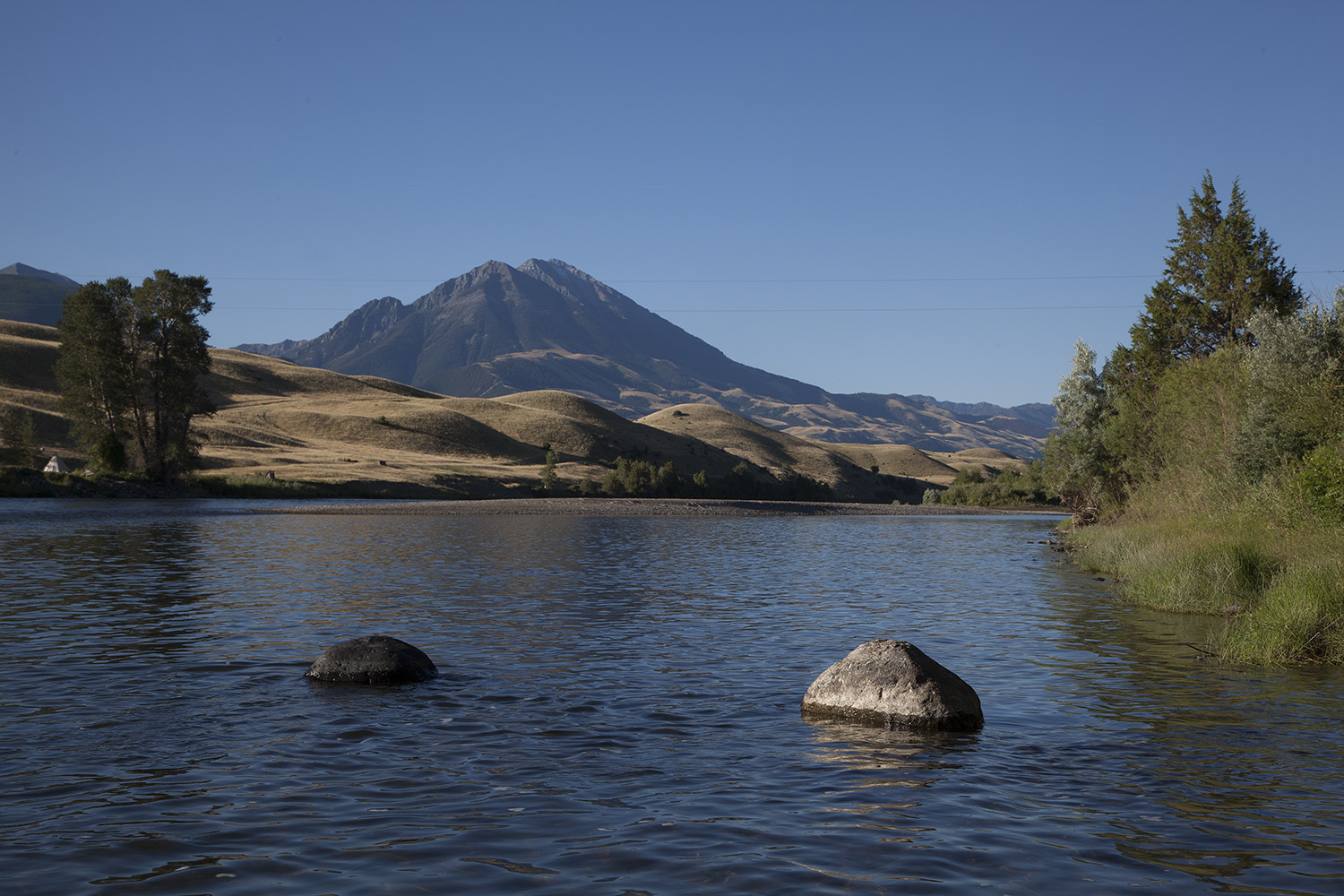 WHEN I FIRST HEARD THE NEWS, I THOUGHT IT WAS A FACEBOOK SCAM. BUT, NO: THE MONTANA DEPARTMENT OF FISH, WILDLIFE AND PARKS HAS CLOSED 183 MILES OF THE Yellowstone River to all recreation. That includes swimming, tubing, floating, wading . . . and fishing.
WHEN I FIRST HEARD THE NEWS, I THOUGHT IT WAS A FACEBOOK SCAM. BUT, NO: THE MONTANA DEPARTMENT OF FISH, WILDLIFE AND PARKS HAS CLOSED 183 MILES OF THE Yellowstone River to all recreation. That includes swimming, tubing, floating, wading . . . and fishing.
The reason? An outbreak of a fatal disease called proliferative kidney disease in the river’s whitefish and trout. Managers with the department closed the river to “protect the fishery and the economy it sustains.” They added that “the closure will also limit the spread of the parasite to adjacent rivers through boats, tubes, waders and other human contact.”
Biologists with the department estimate that tens of thousands of mountain whitefish have already died, and there is evidence that rainbow and cutthroat trout have also succumbed.
A release from the department added that the impact of the disease was exacerbated by exceptionally low flows in the river, high water temperatures, and disturbance from recreational activities.
The closure may well last through September, throwing a huge wrench in the local economy, but for people who care about rivers like the Yellowstone, the economic impact of the closure is only a footnote to the much larger question: What does this mean for one of the great trout streams of the Rocky Mountain West?
Unfortunately, I suspect that critical parts of that question will never be addressed.
How, for example, did water levels and temperatures get so low? It’s common knowledge that the last six months have been warm and dry in Yellowstone country, so the stock answer to that question will be “drought.” Which is fine, as far as it goes. We won’t bother ourselves with the trend in weather over the last thirty years or more.
Fact is that there have been a lot of warm, dry years in the central Rockies over the last thirty years. What we’re seeing on the Yellowstone this summer is likely to be the new normal as temperatures continue to rise and snowpacks dwindle. Less water always means warmer water, so the lack of flow this year has been a double whammy for the Yellowstone’s coldwater fish. That’s what global climate change looks like along the Yellowstone. We all share responsibility for that developing environmental catastrophe, and so far, we’ve done little, if anything, to stop it.
Of course, there’s another reason the Yellowstone is anemic this summer. In the upper Yellowstone basin of Montana, there are 383,000 acres of irrigated land, most of it producing alfalfa or other livestock forage. That’s a lot of water that isn’t in the river, a hard fact government officials and mainstream conservation groups are likely to ignore because any discussion about the environmental effects of irrigation in the West immediately turns into a no-holds-barred brawl.
Another question worth asking is: Where did this disease come from? The pathogen is now known to be Tetrocapsula bryosalmonae, a myxosporean parasite with a complicated life cycle that seems to include other simple forms of aquatic animal life, the bryozoans. The cause of the disease was discovered about thirty years ago, and specialists are still studying the details of its natural history and various forms. However, fish with the symptoms of the disease were reported in Europe as early as 1924.
Here in the United States, the first known cases were found in 1981 at the Hagerman State Fish Hatchery in Idaho. I doubt that anyone will ever bother to do the sleuthing and lab work to determine whether the PKD pathogen was brought to America by human agency, but the relatively recent appearance of the disease on this side of the Atlantic, especially in an inland hatchery, suggests that somebody probably brought it over.
In the last five years, a vocal group of biologists has suggested that we should give up the effort to exclude exotic species from new environments. They argue that such invasions are so common and so difficult to head off that trying to stem the tide of exotic species is a waste of money. They go on to assert that new species can actually increase biodiversity in an area, and isn’t biodiversity a feature of the natural world we should support?
If, as I suspect, PKD is a recent import, this closure is one more in a litany of examples that show why this laissez–faire attitude toward the introduction of new species is so dangerous. Lots of bad things can happen when an exotic species is transplanted to a new environment, most of which we won’t recognize until it’s too late.
Over the last 150 years, recreational anglers have played a significant role in such importations, damaging the very waters they value so highly. Western fisheries managers are still trying to cope with whirling disease, Didymo infestations, and disastrous introductions like the mackinaw in Yellowstone Lake. The magnitude of the mess we’ve created is reflected in the state inspection stations for aquatic invasives that have been established across the West, in the directives that warn us to treat our waders with chlorine solution every time we fish a new drainage, in the luxurious growth of “rock snot” on the bottoms of beautiful streams. And in a two-month closure of the Yellowstone River, not only to fishing but to all recreation.
Every time I think about it, I feel like I just backed into a concrete wall with a new car, sick to my stomach and pounding my forehead at my own stupidity. Are we ever going to check the mirrors before we throw the car in gear? Or are we just going to keep smashing into walls?
Leave a Reply
You must be logged in to post a comment.